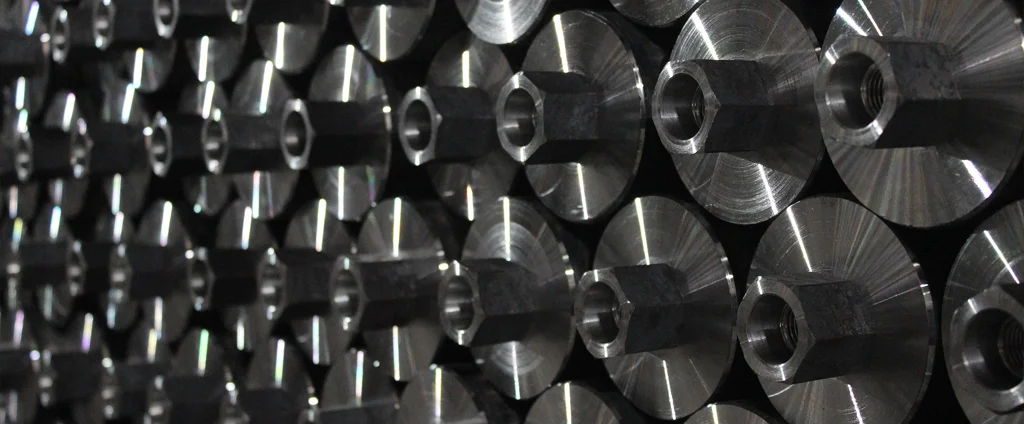SAE/AISI 1095 Carbon Steel (UNS G10950)

SAE/AISI 1095 carbon steel is a high-carbon steel alloy known for its exceptional strength, hardness, and wear resistance. Frequently used in applications such as cutting tools, springs, and automotive parts, it is particularly valued for its ability to maintain sharp edges and resist wear under tough conditions.
| Chemical Composition | ||
|---|---|---|
| Element | Min | Max |
| Iron | 98.38% | 98.80% |
| Carbon | 0.90% | 1.03% |
| Manganese | 0.30% | 0.50% |
| Phosphorous | —— | 0.04% |
| Sulfur | —— | 0.05% |
The following table provides a list of SAE/AISI 1095 properties in both SI and US customary/Imperial units.
Click on the button to switch between Metric and Imperial units.
| Physical Properties | Metric |
|---|---|
| Density | 7850 kg/m3 |
| Mechanical Properties | Metric |
| Tensile Strength (Ultimate) | 685 MPa |
| Tensile Strength (Yield) | 525 MPa |
| Young’s Modulus (E) | 190 - 210 GPa |
| Bulk Modulus (K) | 140 GPa |
| Shear Modulus (G) | 80 GPa |
| Elongation at Break | 10% |
| Reduction of Area | 40% |
| Poisson’s Ratio (ν) | 0.27 - 0.30 |
| Brinell Hardness | 197 |
| Thermal Properties | Metric |
| Thermal Conductivity | 50 W/m·K |
| Specific Heat Capacity (Cp) | 470 J/kg·K |
| Coefficient of Thermal Expansion (αL) | 1.1×10-5 1/°C |
| Electrical Properties | Metric |
| Electrical Conductivity | 5.57×106 S/m |
| Electrical Resistivity | 1.8×10-7 Ω·m |
The values in this table are approximate and can vary depending on various factors such as the specific manufacturing process and heat treatment applied to the alloy.
Advantages & Disadvantages of 1095 Carbon Steel
| Advantages | Disadvantages |
|---|---|
| High hardness | Low corrosion resistance |
| Good strength and toughness | Brittleness |
| Edge retention | Limited ductility |
| Cost-effective |
Applications of 1095 Carbon Steel
SAE/AISI 1095 carbon steel is employed in a wide variety of industries, offering versatility in applications requiring high strength and durability. Common uses include:
- Blades and Knives: Widely used in manufacturing blades, knives, and cutting tools, offering excellent hardness, edge retention, and sharpness.
- Springs: Suitable for producing flat springs, coil springs, and other mechanical springs due to its high strength and good elastic properties.
- Hand Tools: Utilized in chisels, punches, and woodworking tools, benefiting from enhanced strength and wear resistance.
- Automotive Components: Applied in components such as springs and clutch plates, with strong toughness and fatigue resistance.
- Industrial Machine Parts: Used for components like cutting dies, gears, and shafts, where hardness, strength, and wear resistance are essential.
- Musical Instruments: Employed in the manufacturing of percussion instruments such as cymbals, thanks to its hardness and resonant properties.
- Firearms and Ammunition: Found in firearm components like springs and triggers, as well as in ammunition production, due to its strength and resilience.
